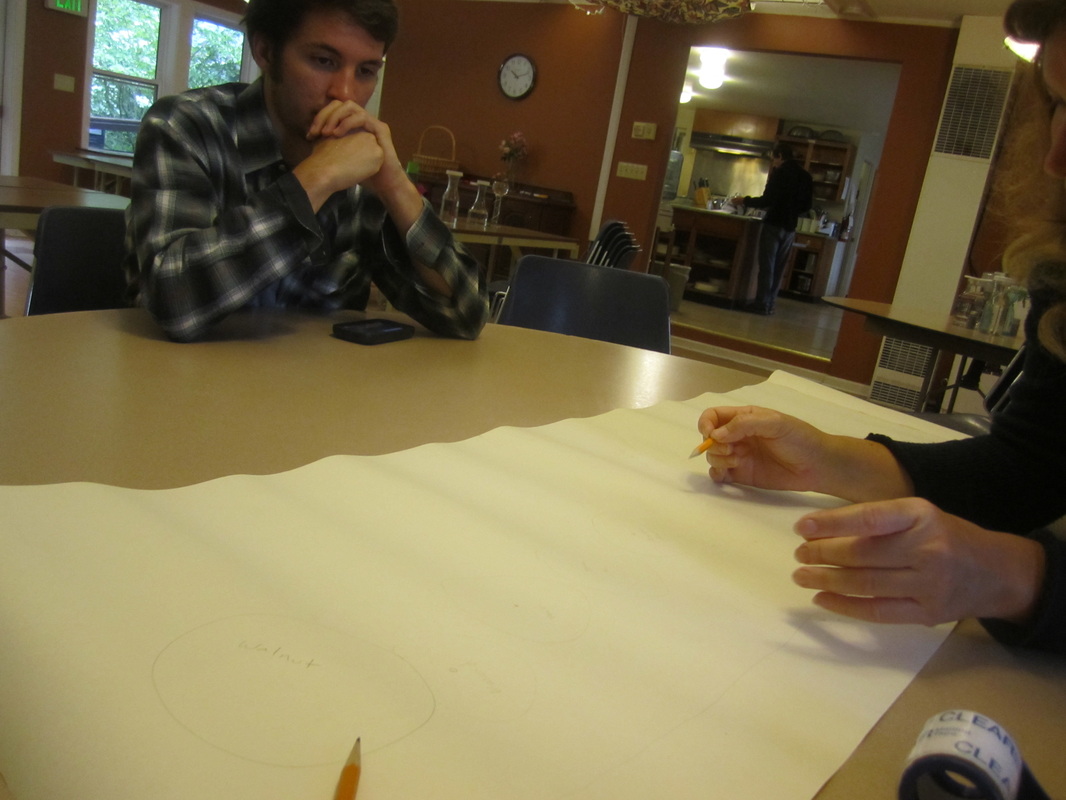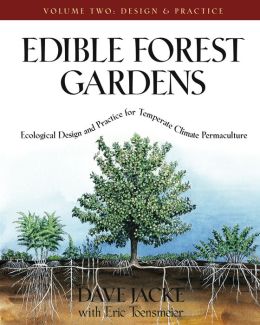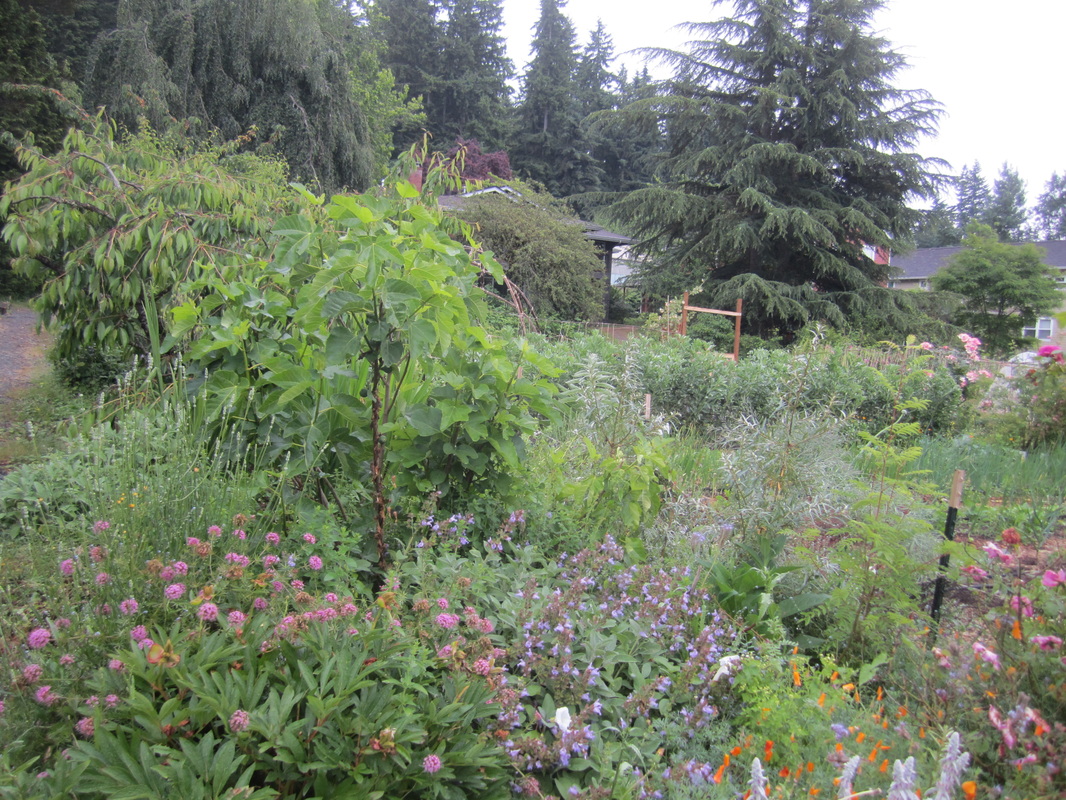| Interns at Songaia are asked to choose specific areas or projects that they want to take on, and more or less from the moment I arrived here, I knew that I wanted to work on the food forest. Food forests are one of my favorite permaculture concepts. They appeal to my dislike for unnecessary work, my desire to be part of systems that manage themselves passively and without conflict. A garden is an ecosystem, of course – everyplace on earth is an ecosystem. And when you maintain a garden of annual vegetables (let alone a lawn), what you are doing is trying to hold that ecosystem artificially at a very early stage in its natural succession. Every year, you have to re-create a disturbance to the ecosystem by entirely clearing the earth, removing organic matter and exposing soil to erosion. Basing your agricultural system on a constant struggle against the natural tendency towards succession is inefficient. It’s expensive in energy inputs – usually fossil fuels – and also negatively impacts soil fertility, meaning that plants’ nutrients end up being applied to the soil in chemical form. | So what’s a food forest? I recently listened to an interview Dave Jacke, author of the textbook on forest gardens, in which he explained in terms I had never thought of before. Think of a landscape after a disaster – living organisms wiped away, down to the soil. The first plants that grow will be grasses, small annuals. Soon, taller brush will move in, followed by fast-growing trees, and eventually a mature forest. So what is forest gardening? It’s the idea that, while annuals have their place, and selective disruptions to create space for them can be positive, it is in the long term more efficient and more effective to create a garden that tries to mirror natural systems. In a food forest, a wide canopy of mixed fruit trees is interspersed with fruiting bushes, herbs, and ground covers that are selected not only to provide food, but also to fix nitrogen, attract pollinators and other beneficial insects, and produce mulch on-site. It’s not just some impractical hippie-harmony dream; people have been practicing forest gardening for millennia. Before Europeans turned up, the staple food in most of California was the acorn. In eastern lowland Chiapas, in Mexico, the Lacandon people (a group I visited this winter with a student group I was teaching), practice a farm system that functions in two stages. First, they clear a patch of forest to form a milpa, or cornfield, which is then planted not only with corn, beans, squash, but also up to 80 other species. After just a few years of intensive polyculture, however, the land is turned over to what is called acahual (literally, “planted-tree-milpa”), in which the forest is allowed to return, but trees such as papaya, avocado, and cacao are encouraged. Other species are planted or encouraged to attract game species, and so are almost countless medicinals and food species. And, according to anthropologists who have worked with the Lacandon, yields from their fields are frequently double those of milpas in the same region tended with other techniques. Sounds good. Now I just have to read Jacke’s textbook and actually make it happen. |
|
2 Comments
|
AuthorGarden bloggers are community members, volunteers and interns at Songaia. Archives
August 2023
Categories |






 RSS Feed
RSS Feed